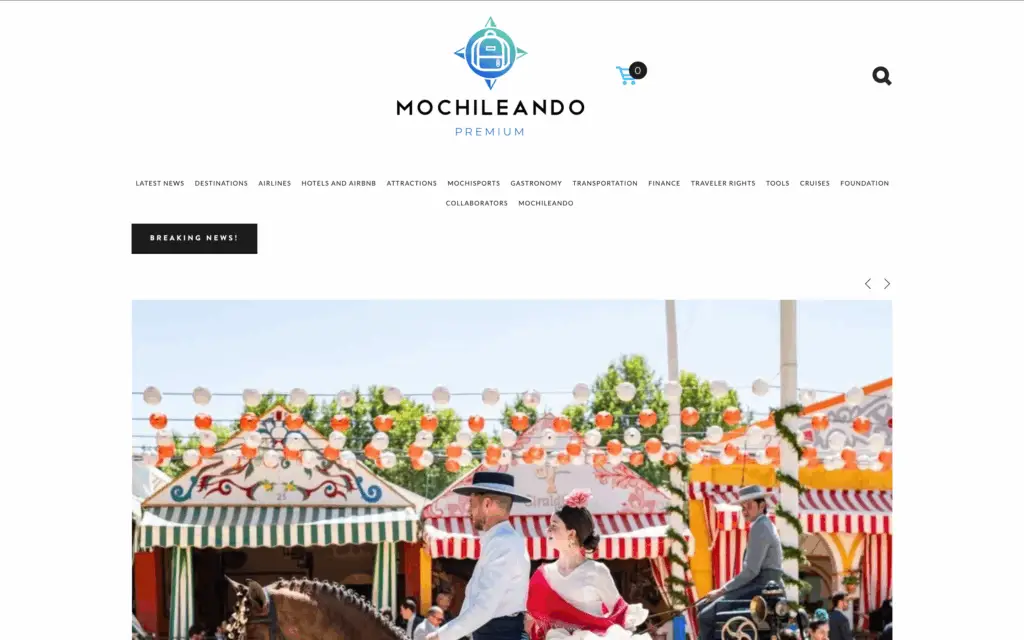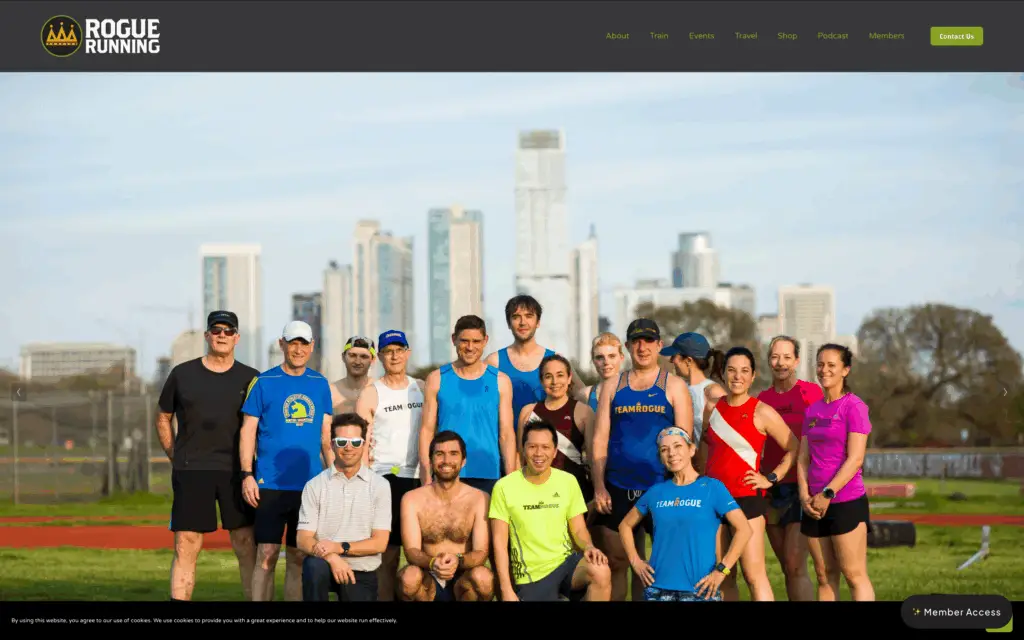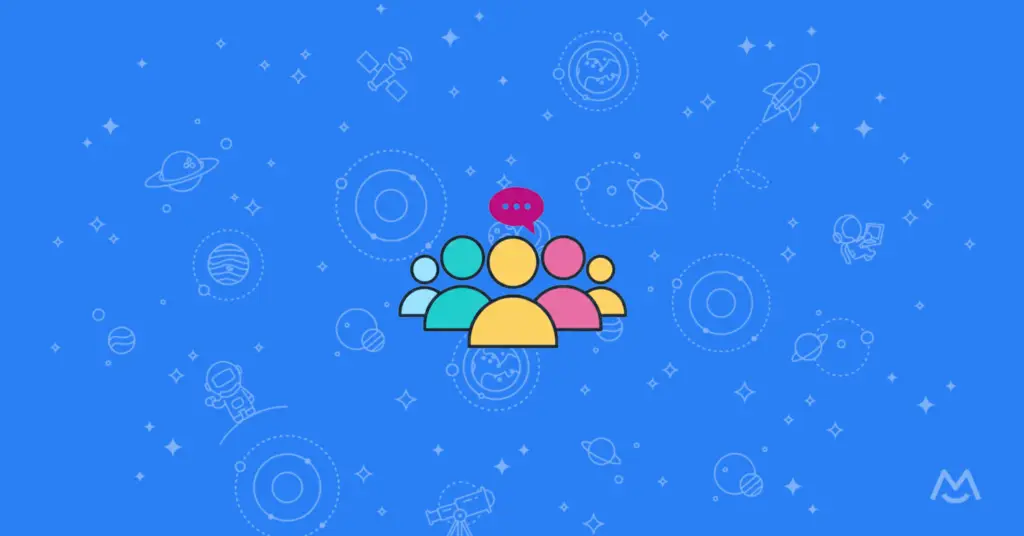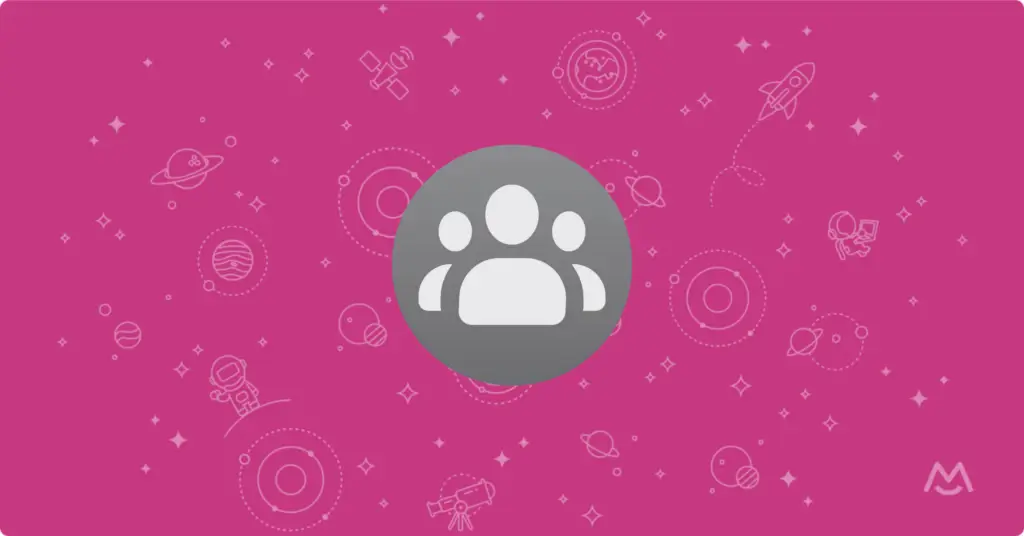Haiden Hibbert
Likes and comments are great, but building an online community isn’t about chasing vanity metrics. It’s about creating a space where your audience feels connected, supported, and excited to engage. And when you’ve already grown a loyal following—whether that’s on Instagram, through your newsletter, TikTok, or elsewhere—you’re sitting on an incredible opportunity to monetize that community.
With the right setup, your audience can become more than just followers. They can become paying members who support your work month after month. That’s where tools like MemberSpace make the process simple and sustainable.
In this playbook, we’ll cover:
- How to plan and set up your community
- Ways to keep engagement high
- Monetization strategies that actually work
- How MemberSpace can help you turn any audience into a thriving membership business
Why Creators Should Monetize Their Communities
Social platforms are great for discovery, but they’re unpredictable. Algorithms shift, features disappear, and your reach can change overnight.
Monetizing your community gives you stability. Instead of relying on ad revenue or brand deals, you create direct income streams from the people who already value what you do. And because they’ve chosen to pay, engagement tends to run deeper.
Tools like MemberSpace make this transition simple by helping you build a private home base for your community—no complicated tech, no coding required.
How to Define the Purpose of Your Online Community
Every thriving community starts with a clear purpose and niche. Ask yourself:
- What’s the main reason people will join?
- What problem are you solving for them?
- What kind of experience do you want to create?
Your purpose acts like a lighthouse. It attracts the right members and sets expectations for how they’ll show up. Keep it simple—something you can summarize in a sentence or two.
Understanding Your Audience Before You Monetize
The better you know your audience, the easier it is to create offers they’ll pay for. Look at:
- Demographics (age, interests, stage of life)
- Pain points and challenges
- Habits (where they hang out online, how they consume content)
Use polls, surveys, or Instagram Q&As to gather feedback. This insight shapes everything from pricing to the type of content you’ll lock behind a paywall.
Types of Online Communities
Online communities come in all shapes and sizes. Knowing which type you’re building helps you choose the right strategy—and the right way to monetize.
Interest-based communities: These bring people together around a shared passion. For example, many MemberSpace customers run fitness memberships with on-demand workout libraries or recipe hubs.
Support communities: Spaces designed to help and encourage members. We’ve seen customers create safe spaces for parents of children with autism, or groups that provide ongoing accountability for entrepreneurs.
Learning communities: Perfect for creators teaching a skill or subject. Think online course creators, educators, or coaches who sell structured lesson modules and resource libraries through MemberSpace.
Brand communities: Fans and followers who want to connect more deeply with you or your product. For instance, some MemberSpace customers run exclusive memberships for their podcast listeners or newsletter subscribers, offering bonus content and behind-the-scenes access.
Here are a few examples of online communities set up with MemberSpace.



Choosing the Best Platform for Your Community
Picking the right platform is one of the most important decisions you’ll make. Where your community lives shapes how people engage, what kind of content you can share, and—most importantly—how you can monetize.
Social media groups (like a private Facebook group or Discord server) can be great for getting started. They’re familiar, easy to set up, and free. But they also come with big drawbacks:
- You don’t own the platform. Algorithms and policies change overnight.
- Monetization options are limited or clunky.
- Your brand feels tied to another company’s rules and design.
If you’re serious about turning your community into a business, you need a platform you control. That usually means creating a dedicated community hub on your own website.
A website gives you:
- Ownership – You’re not at the mercy of shifting algorithms.
- Professionalism – Members see your brand front and center, not Facebook’s or Discord’s.
- Flexibility – You choose what to offer: memberships, content libraries, coaching, courses, or a mix.
That’s where MemberSpace comes in.
How to Use MemberSpace to Monetize Your Community
MemberSpace makes it simple to take your existing audience—whether they follow you on Instagram, TikTok, YouTube, or through your newsletter—and give them a private space they can pay to access.
Here’s how it works:
1. Create your community hub
- Add MemberSpace to your current site or launch a free, customizable site right inside MemberSpace if you don’t already have one.
2. Add exclusive content and features
- Upload digital content like online courses, videos, templates, guides, or checklists.
- Protect videos, articles, courses, or entire pages behind a paywall
- Even lock discussion forums or member directories.
3. Set up flexible pricing
- Offer monthly, yearly, or one-time payments.
- Create tiered plans (great for offering a “basic” vs. “premium” membership).
- Run free trials to boost signups and show off your value.
4. Invite your audience in
- Share your signup link in your Instagram bio, newsletter, or TikTok profile.
- Let followers join in one click—without complicated tech or clunky processes.
MemberSpace handles payments, logins, and member access automatically, so you don’t have to stress about backend setup. It feels seamless for your members and keeps you focused on the creative, high-value work only you can do.
In short: social platforms are great for building an audience, but your community deserves a permanent home you control. With MemberSpace, you can create that home, monetize it, and scale it into a sustainable business.
How to Keep Community Members Engaged
Getting people to join your community is one thing—keeping them active and excited is where the real work (and magic) happens. If you’ve already built a following on Instagram, TikTok, or through your newsletter, you know how quickly attention can drift. That’s why engagement has to be intentional.
The good news? With the right structure and tools, you can keep your community buzzing.
Create a Space People Actually Want to Come Back To
Think about your own online habits—would you keep showing up if a space felt messy, overwhelming, or unwelcoming? Probably not. Set clear but friendly guidelines, and keep the vibe positive. When people feel safe to share, they open up more, which leads to stronger connections.
Give Members a Reason to Log In
People join communities for your content, but they stay for the value they get week after week. That could look like:
- Weekly tips or behind-the-scenes updates they can’t get anywhere else
- A new video tutorial or resource drop every month
- Member-only Q&A sessions where you answer their burning questions
With MemberSpace, you can easily release new content on a schedule and lock it behind your paywall, so members know they’re getting exclusive access for supporting you.
Celebrate and Spotlight Your Members
This part gets overlooked, but it’s huge. Shout out member wins, highlight their stories, and let them feel seen. A quick spotlight in your newsletter or a pinned post in your members-only area goes a long way.
Keep Interaction Flowing
Don’t let your community feel like a one-way broadcast. Use polls, challenges, or even quick prompts to spark conversations. Some creators host small monthly challenges (like a 7-day photo challenge or a “reset week” for wellness communities) to give people something to rally around.
Monetization Strategies for Online Communities
If you already have a community, you’ve done the hardest part—building trust and showing up consistently. Monetization isn’t about “selling out.” It’s about giving your people more of what they already want, in ways that also support your work.
Here are a few proven approaches that creators use every day:
Membership and Subscription Plans
This is one of the most reliable ways to generate recurring income. You can create a simple membership with core resources or offer tiered levels that include perks like workshops, coaching calls, or early access to new content.
The key is making sure each level feels valuable enough to justify the price. Free trials or limited-time offers are a great way to encourage signups and let people see the benefits firsthand.
Sell Premium Content
Some members may not want an ongoing subscription but would happily pay for something specific—like a workshop replay, a bundle of templates, or a mini-course. Offering one-off products alongside your membership gives people more ways to support your work.
Coaching, Events, or Challenges
Interactive experiences often spark the most engagement. Hosting a group coaching session, running a 10-day accountability challenge, or leading a live workshop creates urgency and builds community momentum. These can be included in your membership or sold separately as a premium option.
Partnerships and Sponsorships
Once your community is thriving, brands and collaborators may want to get involved. A well-aligned sponsorship or partnership can bring in additional income without putting pressure on your members. The key is staying true to your community’s values so partnerships feel like a natural fit.
The big takeaway: your monetization strategy should feel like an extension of the community you’ve already built—not a sales pitch. Your audience trusts you, and when you provide options that genuinely add value, they’ll be excited to support you. Tools like MemberSpace can help handle the logistics in the background, but the real driver of success is how well you know and serve your members.
Here’s an example from creator, Emily Tyson, who runs a successful fitness community.
Tracking What Works and Optimizing for Growth
Once your community is up and running, don’t just set it and forget it. The best way to keep growing is to pay attention to what’s working—and what’s not.
Start by tracking:
- Engagement – Are people commenting, showing up to events, downloading resources?
- Conversions – Which offers (free trial, membership tiers, premium content) bring in the most signups?
- Retention – How long are members sticking around before they cancel?
- Use this data to make small, intentional tweaks. If engagement drops, test new formats like polls or challenges. If a pricing tier isn’t converting, adjust the offer or benefits.
Think of it as an ongoing cycle: measure → adjust → repeat. The more you fine-tune, the more your community becomes both valuable for members and sustainable for you.
Frequently Asked Questions
How do I start an online community?
Define your purpose, choose a platform you control (like your own website), and invite your existing audience to join.
What is the best way to monetize an online community?
Memberships and subscriptions are the most reliable, but you can also sell premium content, host events, or offer coaching.
Can I monetize a community on Instagram or TikTok?
Yes, but the easiest way is to move your audience to a private hub you own where you can offer memberships, resources, and exclusive content.
Do I need a big audience to make money from my community?
No—a small, engaged group often converts better than a large, passive following. Focus on serving your members deeply.
What tools can help me monetize my community?
Platforms like MemberSpace make it easy to sell access to digital content, set up memberships, and manage payments directly on your website.
Final Thoughts
Whether you already have an active community or you’re still building one, the opportunity is the same: people gather around your work because they see value in it. Monetization is simply a way to deepen that relationship.
If your community is established, now’s the time to give members a clear next step—exclusive content, events, or a membership that lets them invest in what you’re creating. If you’re still growing, focus on building trust and consistency first, then introduce paid options when your audience is ready.
The path looks a little different depending on where you are, but the end goal is the same: a thriving community that supports your members and supports you. With the right systems in place, you can turn followers into committed members and build something sustainable for the long run.





